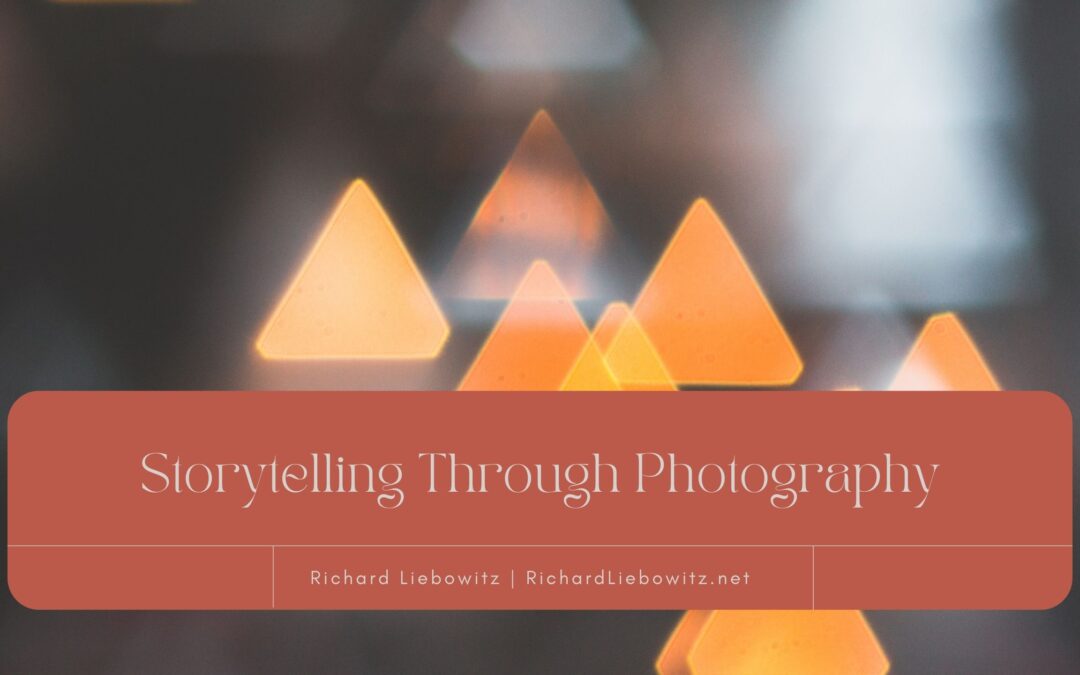Photography is a powerful medium that allows people to capture and tell stories in a unique and visually compelling way. Beyond merely documenting moments, photography has the ability to evoke emotions, convey narratives, and transport viewers into different worlds. We will delve into the techniques, approaches, and tips that can help photographers effectively convey narratives, create impactful images, and leave a lasting impression on their audience.
Find a Compelling Subject or Theme
Every great story starts with a captivating subject or theme. Whether it’s a person, a place, or a specific concept, choose a subject that resonates with you and has the potential to engage and intrigue your audience. A strong subject will serve as the foundation for your storytelling journey and guide your photographic choices.
Embrace Composition and Framing
Composition plays a crucial role in storytelling through photography. Experiment with different framing techniques, such as the rule of thirds, leading lines, or symmetry, to guide the viewer’s eye and create a visually appealing image. Consider the placement of elements within the frame to enhance the narrative and convey a specific mood or emotion.
Utilize Light and Shadows
Lighting can dramatically impact the mood and atmosphere of a photograph. Understand the interplay between light and shadows, and use them to enhance the storytelling aspect of your images. Experiment with different lighting conditions, such as soft natural light, dramatic shadows, or creative artificial lighting, to create depth and evoke certain emotions.
Capture Candid Moments
Candid moments have the power to convey authenticity and capture the essence of a story. Look for unposed, spontaneous moments that reflect genuine emotions and interactions. Candid shots can reveal raw and honest narratives, enabling viewers to connect with the image on a deeper level.
Pay Attention to the Details
Details can enrich the storytelling aspect of your photographs. Look for small elements, textures, or objects that add depth and context to the story. Pay attention to the environment, gestures, facial expressions, or objects that may convey a narrative or symbolize a larger idea.
Sequence Your Images
Sequencing your images can elevate the storytelling experience. By presenting a series of photographs in a specific order, you can create a visual narrative that guides the viewer through a story or an emotional journey. Consider the flow, pacing, and transitions between images to create a cohesive and impactful story.
Experiment with Different Genres and Styles
Don’t limit yourself to a single genre or style of photography. Experiment with different approaches, such as documentary, street, portrait, or conceptual photography, to expand your storytelling capabilities. Each genre has its own unique way of conveying narratives, and exploring different styles can provide new perspectives and opportunities for storytelling.
Leave Room for Interpretation
Allowing viewers to interpret and engage with your images is a powerful storytelling technique. Leave room for imagination and open-ended narratives that encourage viewers to connect with the story on a personal level. Embrace ambiguity and let the audience bring their own experiences and emotions to the images.
Storytelling through photography is a dynamic and creative process that enables photographers to convey narratives, evoke emotions, and connect with their audience on a profound level. By focusing on compelling subjects, mastering composition and lighting, capturing candid moments, and experimenting with different genres and styles, photographers can master the art of visual storytelling and create impactful images that leave a lasting impression.

